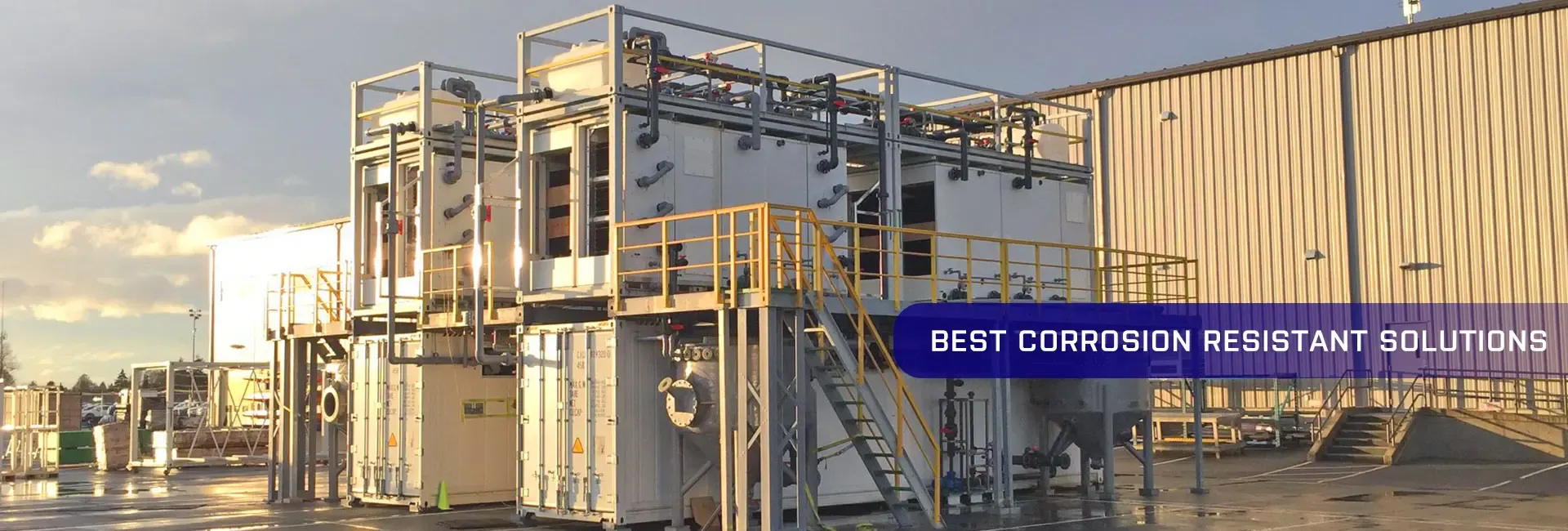
-
 Afrikaans
Afrikaans -
 Albanian
Albanian -
 Amharic
Amharic -
 Arabic
Arabic -
 Armenian
Armenian -
 Azerbaijani
Azerbaijani -
 Basque
Basque -
 Belarusian
Belarusian -
 Bengali
Bengali -
 Bosnian
Bosnian -
 Bulgarian
Bulgarian -
 Catalan
Catalan -
 Cebuano
Cebuano -
 China
China -
 China (Taiwan)
China (Taiwan) -
 Corsican
Corsican -
 Croatian
Croatian -
 Czech
Czech -
 Danish
Danish -
 Dutch
Dutch -
 English
English -
 Esperanto
Esperanto -
 Estonian
Estonian -
 Finnish
Finnish -
 French
French -
 Frisian
Frisian -
 Galician
Galician -
 Georgian
Georgian -
 German
German -
 Greek
Greek -
 Gujarati
Gujarati -
 Haitian Creole
Haitian Creole -
 hausa
hausa -
 hawaiian
hawaiian -
 Hebrew
Hebrew -
 Hindi
Hindi -
 Miao
Miao -
 Hungarian
Hungarian -
 Icelandic
Icelandic -
 igbo
igbo -
 Indonesian
Indonesian -
 irish
irish -
 Italian
Italian -
 Japanese
Japanese -
 Javanese
Javanese -
 Kannada
Kannada -
 kazakh
kazakh -
 Khmer
Khmer -
 Rwandese
Rwandese -
 Korean
Korean -
 Kurdish
Kurdish -
 Kyrgyz
Kyrgyz -
 Lao
Lao -
 Latin
Latin -
 Latvian
Latvian -
 Lithuanian
Lithuanian -
 Luxembourgish
Luxembourgish -
 Macedonian
Macedonian -
 Malgashi
Malgashi -
 Malay
Malay -
 Malayalam
Malayalam -
 Maltese
Maltese -
 Maori
Maori -
 Marathi
Marathi -
 Mongolian
Mongolian -
 Myanmar
Myanmar -
 Nepali
Nepali -
 Norwegian
Norwegian -
 Norwegian
Norwegian -
 Occitan
Occitan -
 Pashto
Pashto -
 Persian
Persian -
 Polish
Polish -
 Portuguese
Portuguese -
 Punjabi
Punjabi -
 Romanian
Romanian -
 Russian
Russian -
 Samoan
Samoan -
 Scottish Gaelic
Scottish Gaelic -
 Serbian
Serbian -
 Sesotho
Sesotho -
 Shona
Shona -
 Sindhi
Sindhi -
 Sinhala
Sinhala -
 Slovak
Slovak -
 Slovenian
Slovenian -
 Somali
Somali -
 Spanish
Spanish -
 Sundanese
Sundanese -
 Swahili
Swahili -
 Swedish
Swedish -
 Tagalog
Tagalog -
 Tajik
Tajik -
 Tamil
Tamil -
 Tatar
Tatar -
 Telugu
Telugu -
 Thai
Thai -
 Turkish
Turkish -
 Turkmen
Turkmen -
 Ukrainian
Ukrainian -
 Urdu
Urdu -
 Uighur
Uighur -
 Uzbek
Uzbek -
 Vietnamese
Vietnamese -
 Welsh
Welsh -
 Bantu
Bantu -
 Yiddish
Yiddish -
 Yoruba
Yoruba -
 Zulu
Zulu
Innovative FRP Dual Lamination Solutions for Enhanced Durability and Performance
Exploring FRP Dual Lamination Products A Sustainable Innovation in Material Science
In recent years, advancements in material science have led to the development of innovative solutions that meet the growing demands of various industries. One such breakthrough is the FRP (Fiber Reinforced Polymer) dual lamination product. Combining the benefits of fiber reinforcement with a dual-layer lamination process, these products offer a unique solution characterized by strength, durability, and environmental sustainability.
Understanding FRP and Dual Lamination
Fiber Reinforced Polymer is a composite material made from a polymer matrix reinforced with fibers, typically glass, carbon, or aramid. The incorporation of fibers enhances its mechanical properties, resulting in increased strength-to-weight ratios, corrosion resistance, and temperature stability. This makes FRP an ideal choice for applications in construction, automotive, aerospace, and marine industries.
Dual lamination, on the other hand, refers to a manufacturing process that involves layering two distinct materials to create a composite product. This technique allows manufacturers to combine the properties of different materials, optimizing both performance and cost. In the context of FRP, dual lamination can lead to enhanced structural integrity and performance.
Benefits of FRP Dual Lamination Products
1. Enhanced Strength and Durability One of the primary advantages of FRP dual lamination products is their exceptional strength and durability. The combination of fiber reinforcement and dual-layer construction results in a product that can withstand harsh environments and varying loads. This makes it particularly useful in applications such as bridge construction, where structural integrity is crucial.
2. Corrosion Resistance FRP materials are inherently resistant to corrosion, which is a significant advantage in industries such as chemical processing, wastewater treatment, and marine applications. The dual lamination process further enhances this property, ensuring that the product has a prolonged lifecycle, reducing the need for frequent replacements and maintenance.
frp dual lamination product

3. Lightweight Nature Compared to traditional materials like steel and concrete, FRP dual lamination products are lightweight. This characteristic not only facilitates easier transportation and installation but also contributes to energy efficiency in structures by reducing the overall load on support systems.
4. Environmental Sustainability As industries increasingly focus on sustainability, FRP dual lamination products present an eco-friendly alternative. The materials used can be sourced from renewable resources, and their durability means that they contribute less to landfill waste over time. Additionally, the manufacturing process can be optimized for lower energy consumption.
5. Design Flexibility The versatility of FRP dual lamination products allows for creative designs and applications. They can be molded into complex shapes and customized to meet specific project requirements, offering architects and engineers more freedom in their designs.
Applications Across Industries
The versatility of FRP dual lamination products has led to their adoption across various sectors. In construction, they are used in structural components, facades, and reinforcement applications. In the automotive industry, lightweight composites improve fuel efficiency while maintaining safety and performance. The aerospace sector leverages these materials for aircraft components, where weight reduction is crucial.
Conclusion
FRP dual lamination products represent a significant leap forward in material science, bridging the gap between strength, durability, and sustainability. By harnessing the benefits of fiber reinforcement and innovative manufacturing processes, these products not only meet the demands of various industries but also align with the growing emphasis on eco-friendly solutions. As research and development in this field continue to advance, the potential applications and benefits of FRP dual lamination products are likely to expand, driving further innovation and sustainability in material engineering.









